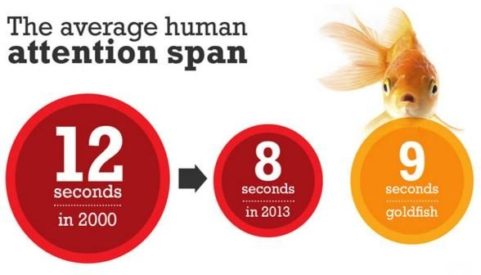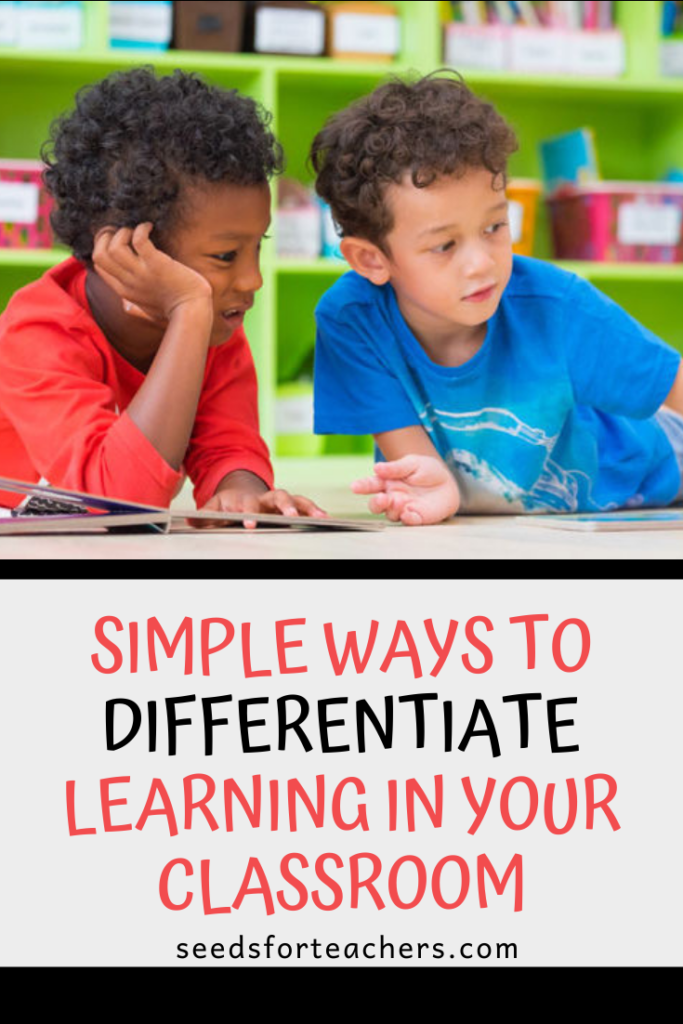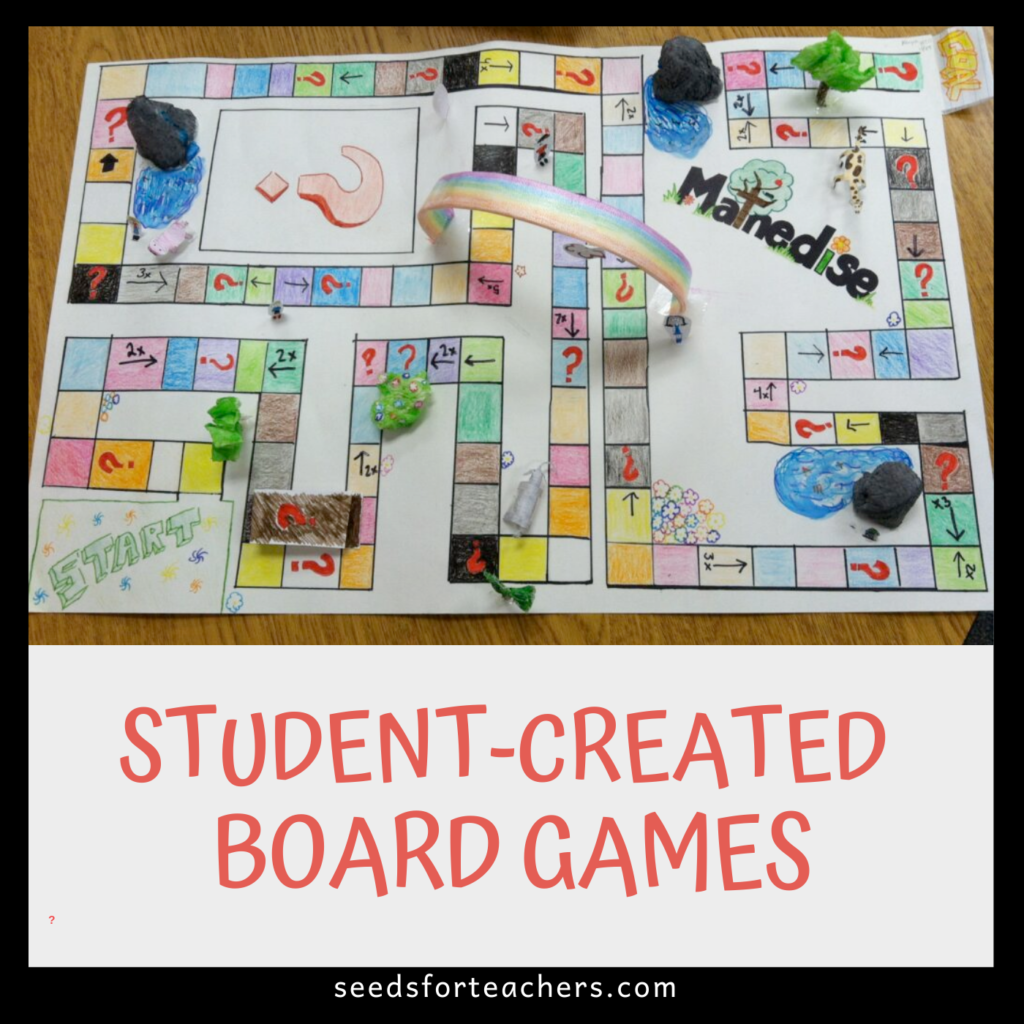Active learning is when learners engage in the learning process and with learning materials rather than just sit and take in information. In many modern classrooms active learning is the norm so sometimes we forget how important it is. Here are five reasons active learning is important for your classroom:
1. Active learning creates meaning and connections.
Active learning strategies often incorporate real-world scenarios into the classroom. When students understand how what they are learning can be used in real life ,they will see it as more meaningful. For example, if you are teaching students about adding decimals you could set up a store in the classroom and have students add up how much it would cost them to buy everything on their list. Now the lesson isn’t just an abstract concept of adding decimals but it’s a lesson on how to get your needs and wants met in real life. If students believe that what they are learning will help them later on, they will be more engaged and try to understand.
Below are some links to real-world activities for math and English.
Math Football for practicing addition or multiplication facts
Grocery task cards for adding and learning decimals
Use grocery ads to plan a meal
Restaurant for learning English food words
Cooking recipes for practicing adding fractions
2. Active learning strategies move learning from concrete to abstract.
According to Jean Piaget’s research on learning theory, children master concepts by progressing through three levels of knowledge: concrete, pictorial, and abstract. Let’s apply these levels to math. When a student is learning how to add it’s common for them to start by laying out objects such as beans or counters in front of them and counting how many there are. This is the concrete level. Next, the pictorial stage has students looking at diagrams and pictures of real objects and adding those. Finally, in the abstract stage, students use the abstract symbol of the addition sign and digits to add.
No matter if you are teaching a 5-year-old how to add, introducing geometry to teenagers or discussing World War I, learning should still progress from concrete to abstract. Engaging students in active learning by touching manipulative, exploring documents and conducting experiments are all ways of helping students learn in a concrete way. It will ultimately deepen their understanding and mastery of the concept you are teaching.
3. Active learning provides students with more frequent feedback.
When students conduct science experiments they will see the result immediately (either it worked or it didn’t). When they play jeopardy as a class, the answer is shown and students can assess if they knew the answer or not. When students are told to model an addition problem using beans, the teacher can walk around and guide students who are are doing it incorrectly. These are just three examples of how active learning can be used in the classroom. Each example provides near immediate feedback to students so they can judge how they are learning and understanding. When students listen to a teacher explain a concept they may feel that they understand only to go home and not be able to complete the homework on their own. Active learning gives students opportunities to engage and practice in class so that if they get confused they can ask the teacher for help right then.
4. Active learning targets kinesthetic learners when other teaching strategies do not.
There are three types of learners in every classroom. Visual learners are those who learn best when they can see what they are learning. Powerpoints, textbooks, charts, videos and demonstrations ALL tailor to visual learners.
Auditory learners learn best when they hear information aloud. Have you ever been jealous of the kid in class who never takes any notes and looks as though he isn’t paying attention half the time but then he aces the test? That kid is probably an auditory learner. He can listen to the teacher lecture and learn the information without needing to write it down or study the powerpoints. Auditory learners learn well with lecture style of classes but they also learn through discussions, videos, and sometimes they talk aloud to themselves while studying.
Kinesthetic learners learn best by touching and moving. They are the least supported in traditional styles of teaching. Educators tend to think these types of learners are just unfocused or undisciplined. They may even doodle while you explain the lesson. Moving their body actually helps these students take in and remember new information better. Active learning strategies ensure that these students are not left out and are able to learn in their preferred way just like visual and auditory learners get to.
Read more about each learning style and how to reach them in your classroom here.
5. Active learning strategies keep students engaged!
Students have very short attention spans! Even as adults, we struggle to sit and listen to someone talk for 20 or 30 mins. Why do we expect kids to do it all day long? You need to change tasks and get students moving at least every 10-15 mins.

6. Active learning differentiates learning activities.
When a teacher lectures on a topic, all students in the class hear and receive the exact some information in exactly the same way. However, when activities are the basis of a lesson or class period you can have different groups of students do slightly different things. Higher level students might be given less support or instructions up front. Lower level students might work together with the teacher or a classroom volunteer.
Read more in my post about how to differentiate in your classroom.
Active learning is important for students in so many ways. If you aren’t doing it in your classroom, you should be! Let me know what you are doing by commenting below.




